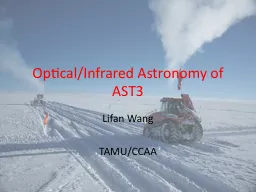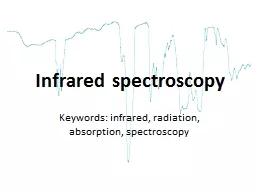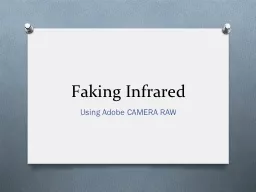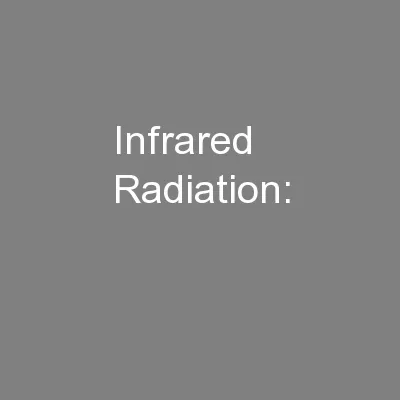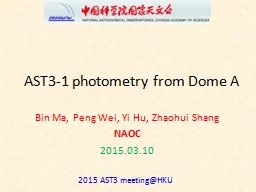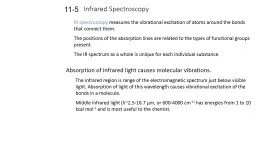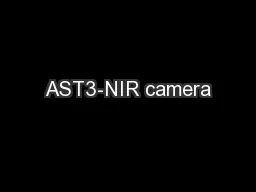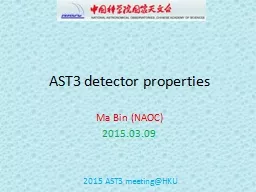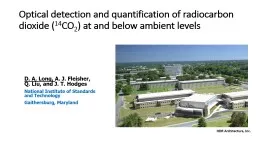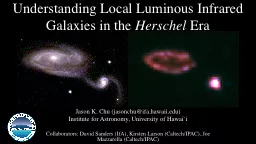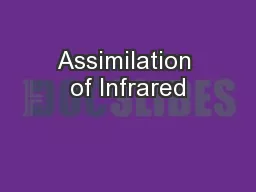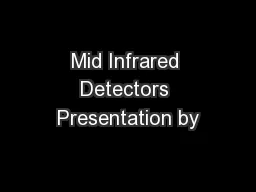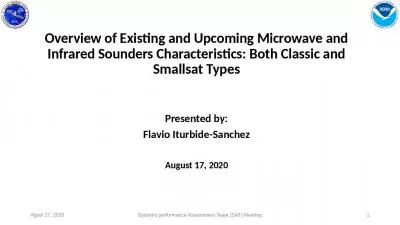PPT-Optical/Infrared Astronomy of AST3
Author : trish-goza | Published Date : 2016-10-13
Lifan Wang TAMUCCAA The Site Dome A Elevation 4091 m 13422 ft Coordinates 80d22m E77d 21m The highest peak on the Plateau Marching toward Antarctica A team of
Presentation Embed Code
Download Presentation
Download Presentation The PPT/PDF document "Optical/Infrared Astronomy of AST3" is the property of its rightful owner. Permission is granted to download and print the materials on this website for personal, non-commercial use only, and to display it on your personal computer provided you do not modify the materials and that you retain all copyright notices contained in the materials. By downloading content from our website, you accept the terms of this agreement.
Optical/Infrared Astronomy of AST3: Transcript
Download Rules Of Document
"Optical/Infrared Astronomy of AST3"The content belongs to its owner. You may download and print it for personal use, without modification, and keep all copyright notices. By downloading, you agree to these terms.
Related Documents

